How to grow lavender – in flower borders and dry gardens
Learn how to grow lavender and introduce beautiful color and scent to your garden plus attract wildlife
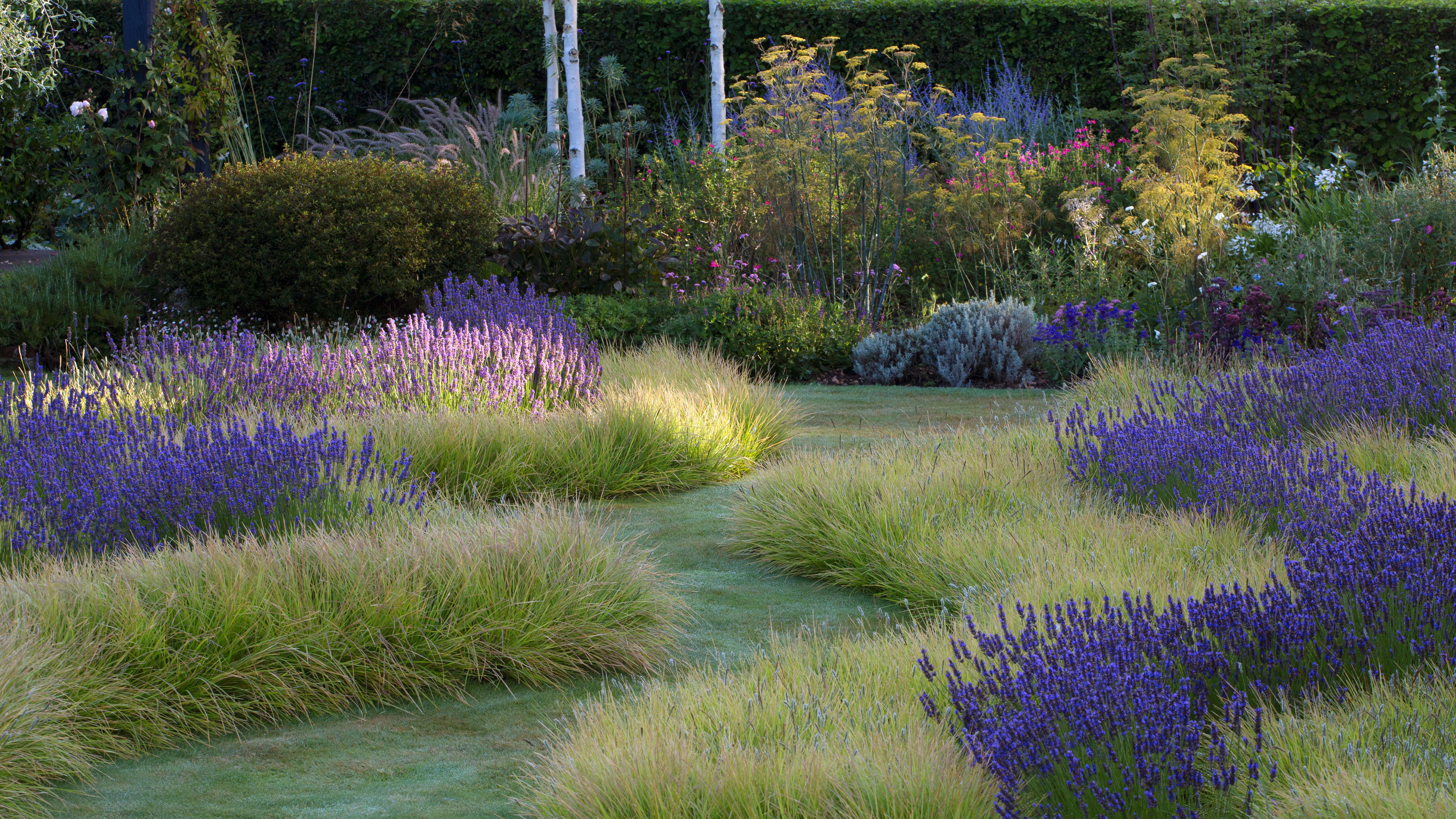
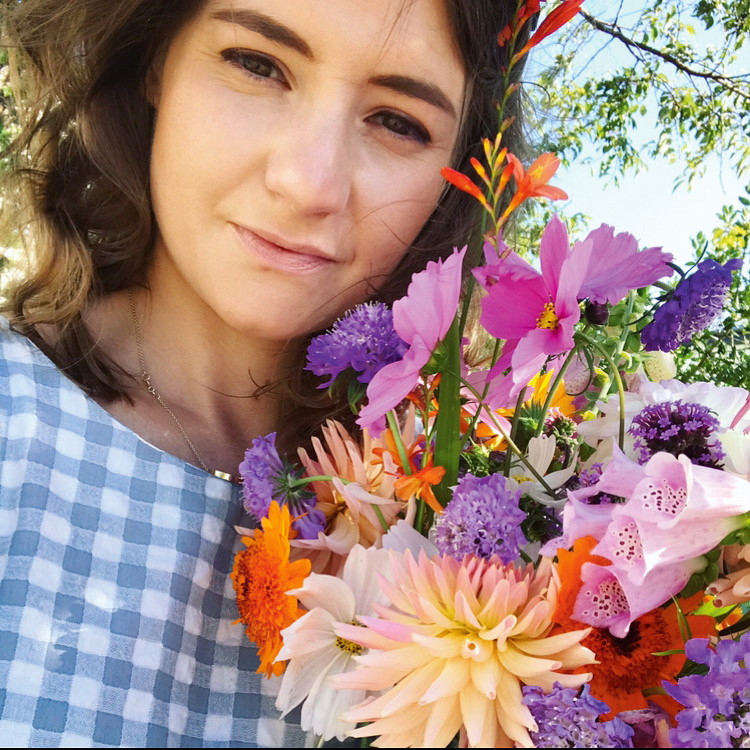
Leigh Clapp
One of the most recognisable garden plants, learn how to grow lavender and you can greatly enhance the pleasure your backyard brings.
Enjoyed for its refreshing fragrance and lovely coloured flowers, lavender will add a wash of soft and appealing color to garden beds and borders with its blooms and attractive gray-green foliage. It will also be a hit with bees and other important pollinators, luring them with its nectar.
A strong contender for any flower bed ideas, as well as for potted plants to enjoy its qualities on a patio or terrace, lavender is easy to grow and a versatile inclusion for all styles of garden, from traditional to contemporary.
How to grow lavender – the different varieties
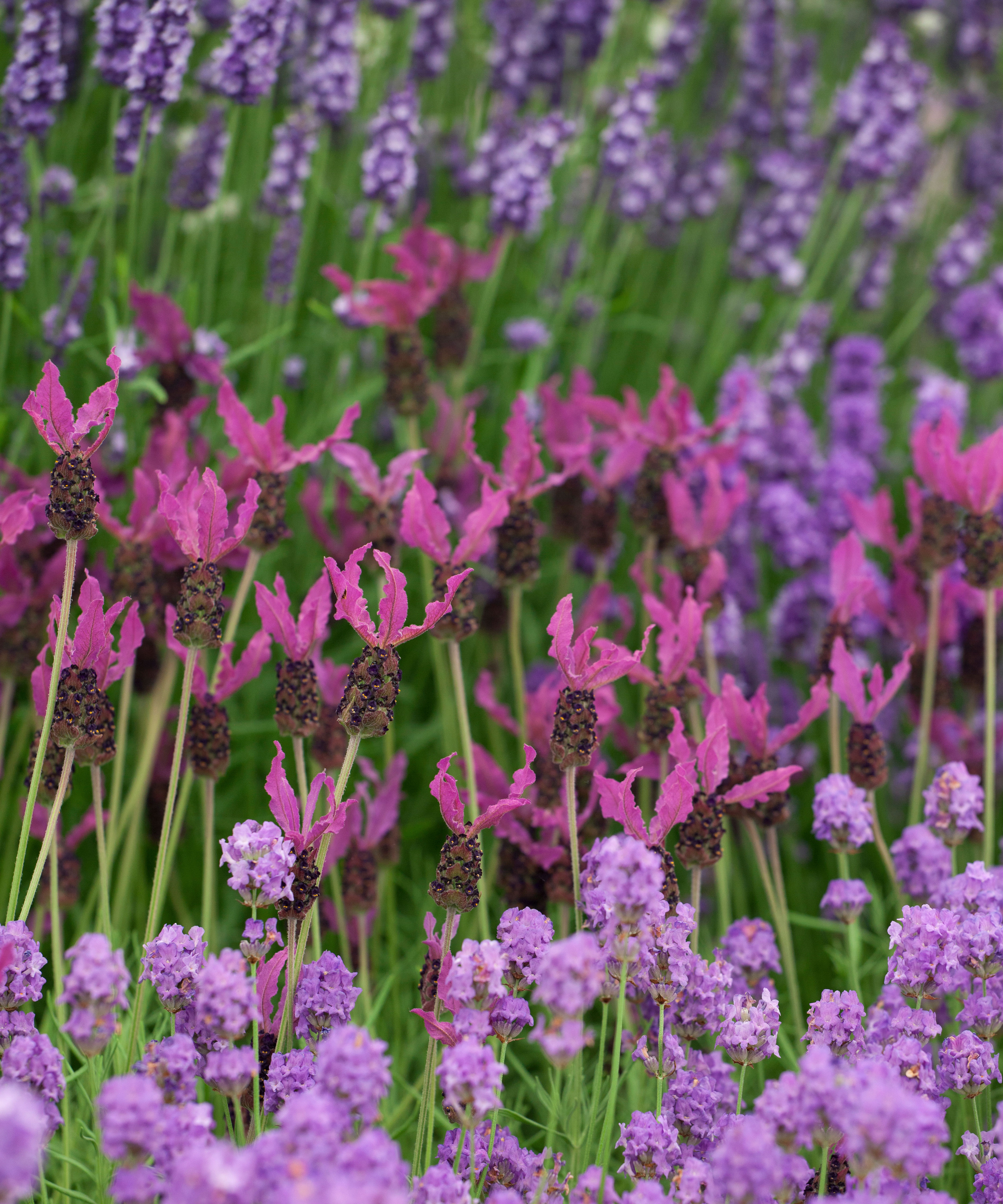
Knowing when to plant lavender is key, of course, but to benefit from all its assets this summer, it’s also vital to know how to grow lavender.
A hardy, evergreen bushy shrub, lavender – Lavandula – is a popular choice for cottage garden ideas.
You can select hardy, half-hardy or tender species to work well in a range of situations, from low growing hedging, filling a formal parterre garden, bordering a pathway, mingling in relaxed cottage garden schemes or in dry Mediterranean garden ideas.
There are many different species and subspecies in the lavender family. However, the three main types that are grown, and which have different blooming seasons, from spring to late summer or even into fall, are: Lavandula angustifolia – English lavender; Lavandula stoechas – French or Spanish lavender; and Lavandula x intermedia – lavandin.
English lavender is the most widely recognised with its hardy, long-lived, neat plants and profusion of blooms in June or July, with stalwarts such as ‘Hidcote’ and ‘Munstead’.
Stoechas lavender varieties are less hardy and shorter-lived, characterised by their distinctive sterile bracts, resembling two little stand-up ears. Flowering can be as early as May, with another flush in June, and a further in late summer to fall.
Lavandin is a robust hybrid cross between angustifolia and latifolia, with tall mounds of grey foliage and long loose spikes of flowers in July or August.
Although blue is the most widely recognised color, you can also get blue, pink and white varieties.
Where to grow lavender
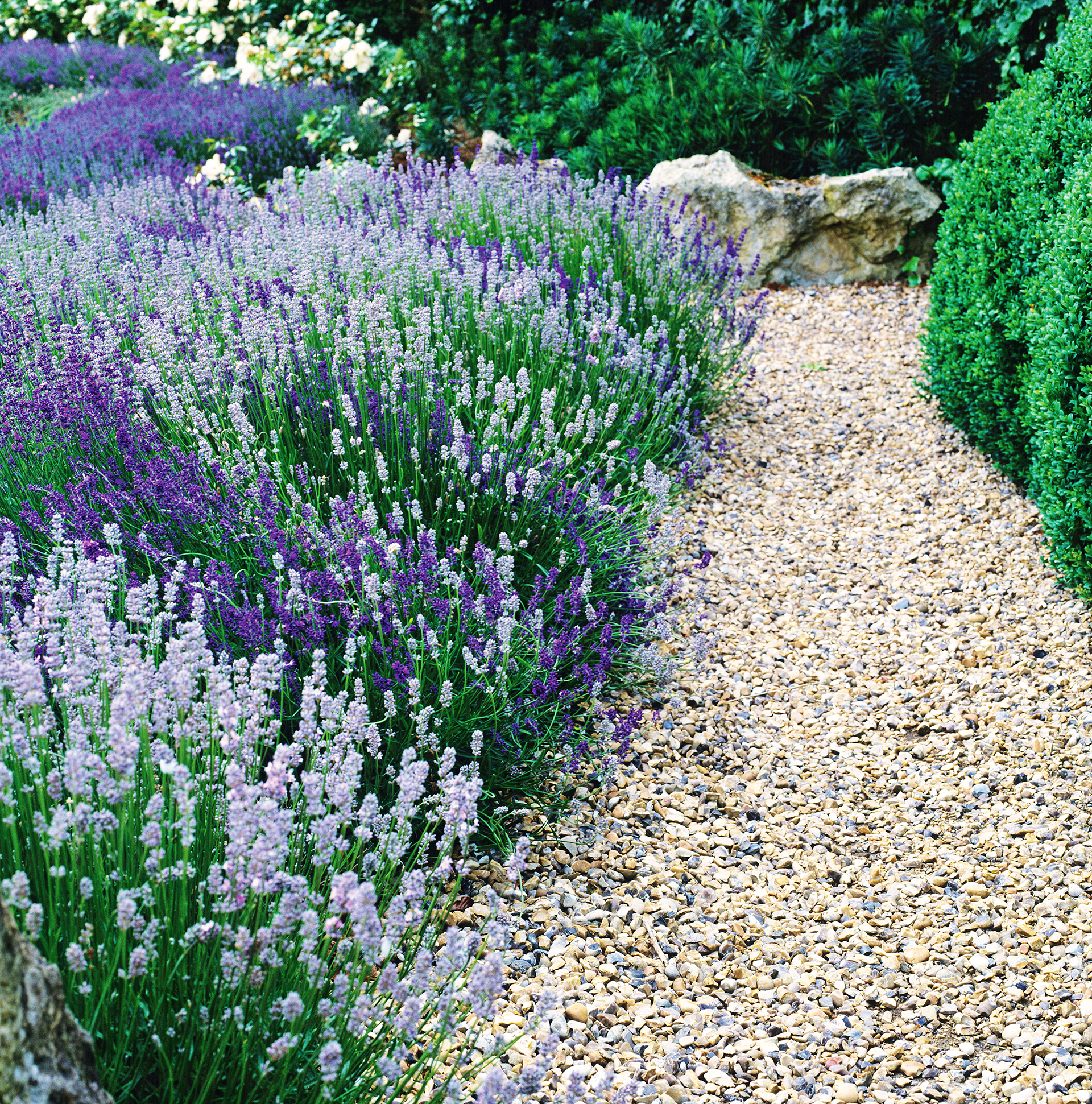
A mix of lavender types grown in a formal garden
Mediterranean in origin, lavender thrives in a sunny spot in free-draining, alkaline soil; it will not do well in a cold waterlogged position. If your soil is heavy add plenty of grit to improve the drainage, or consider planting on a mound. Lavender is drought tolerant and an excellent choice for drought tolerant planting and, in fact, wet soil in winter rather than frost is likely to kill half-hardy and frost-hardy lavenders.
‘Lavenders will usually tolerate shade for a few hours a day, but require sharp drainage, so a sandy loam or lighter is ideal. Their natural habitat, akin to well-drained builders’ rubble, is the scrubland environment of the hills of Southern France. Replicating this poor soil with its pH of 7-9 would be best,’ says Simon Charlesworth of Downderry Nursery.
Lavender is a great plant for informal hedging, edging flower beds and herb gardens, and lining paths, but can also be planted in borders or as part of container gardening ideas. As it can tolerate drought conditions and poor soil, it’s a good choice for hot, gravel garden ideas and coastal garden ideas, plus looks beautiful with rose garden ideas.
Before buying a lavender plant, do your research as different cultivars will suit different situations and some are hardier than others.
How to plant lavender
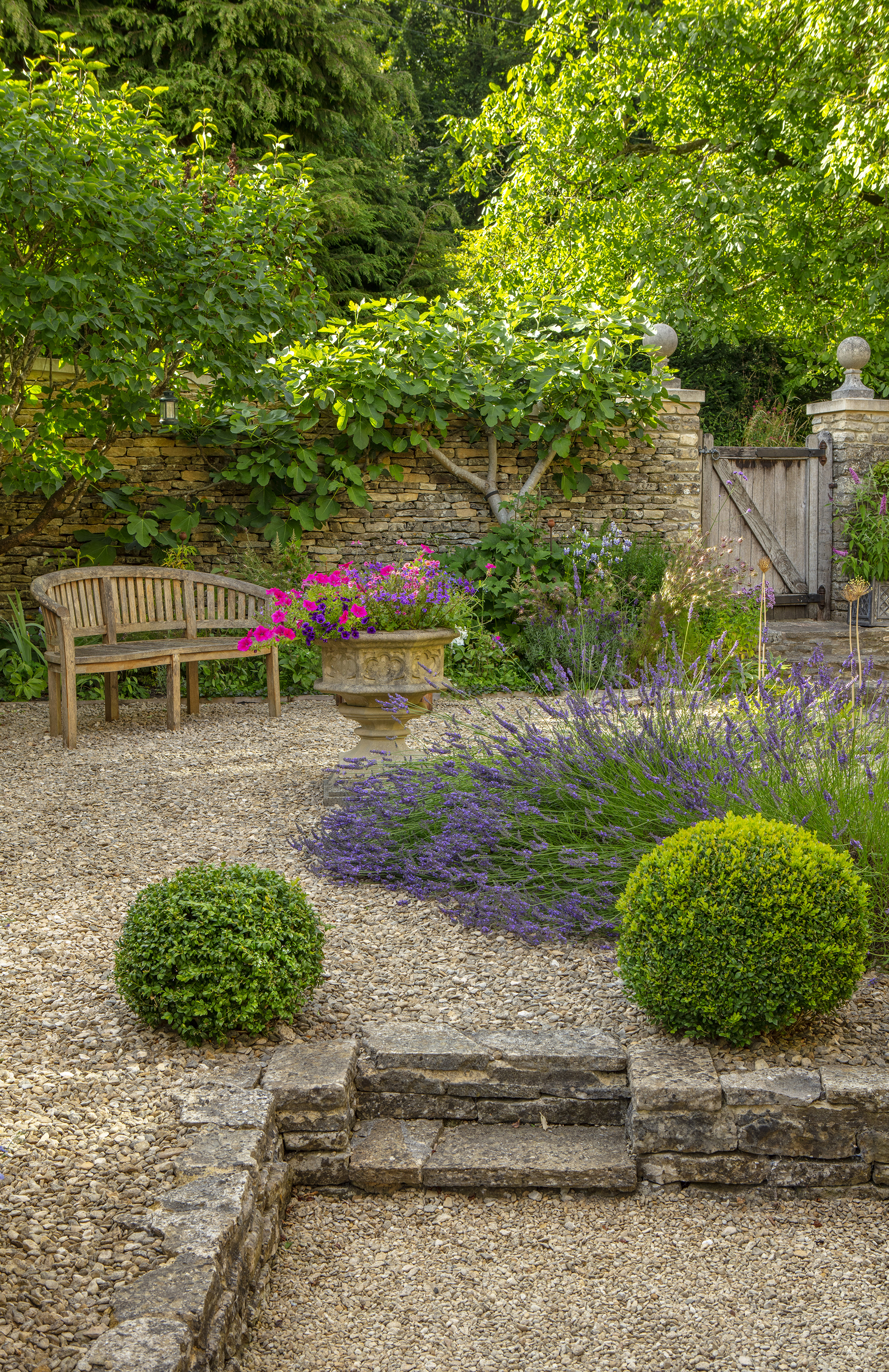
An important aspect of how to grow lavender is how to plant it.
Growing lavender in the garden is very easy, assuming the soil and site are optimised for them.
Plants are usually sold in containers ready for planting, or as plug plants from some mail-order suppliers, which will need to be looked after for several months until large enough to be planted out.
Plant your container-bought lavender as soon as possible after purchasing, and to the same depth. Add some bonemeal in the planting hole to help rooting out quicker, firm down and water in, but do not over water.
‘Space plants 17-35in (45-90cm) apart for informal planting, in groups of three,’ recommends Simon Charlesworth from Downderry Nursery. For hedging, space plants around 11in (30cm) apart. Be attentive in the first few weeks after planting if the weather is dry.
Make sure you know how to prune lavender to keep the plants looking at their best and prevent them from becoming straggly and woody. Getting the pruning wrong is a common lavender growing mistake, and a failure to prune properly can reduce the flowering and leave the plant looking scruffy and leggy.
How to grow lavender from seed
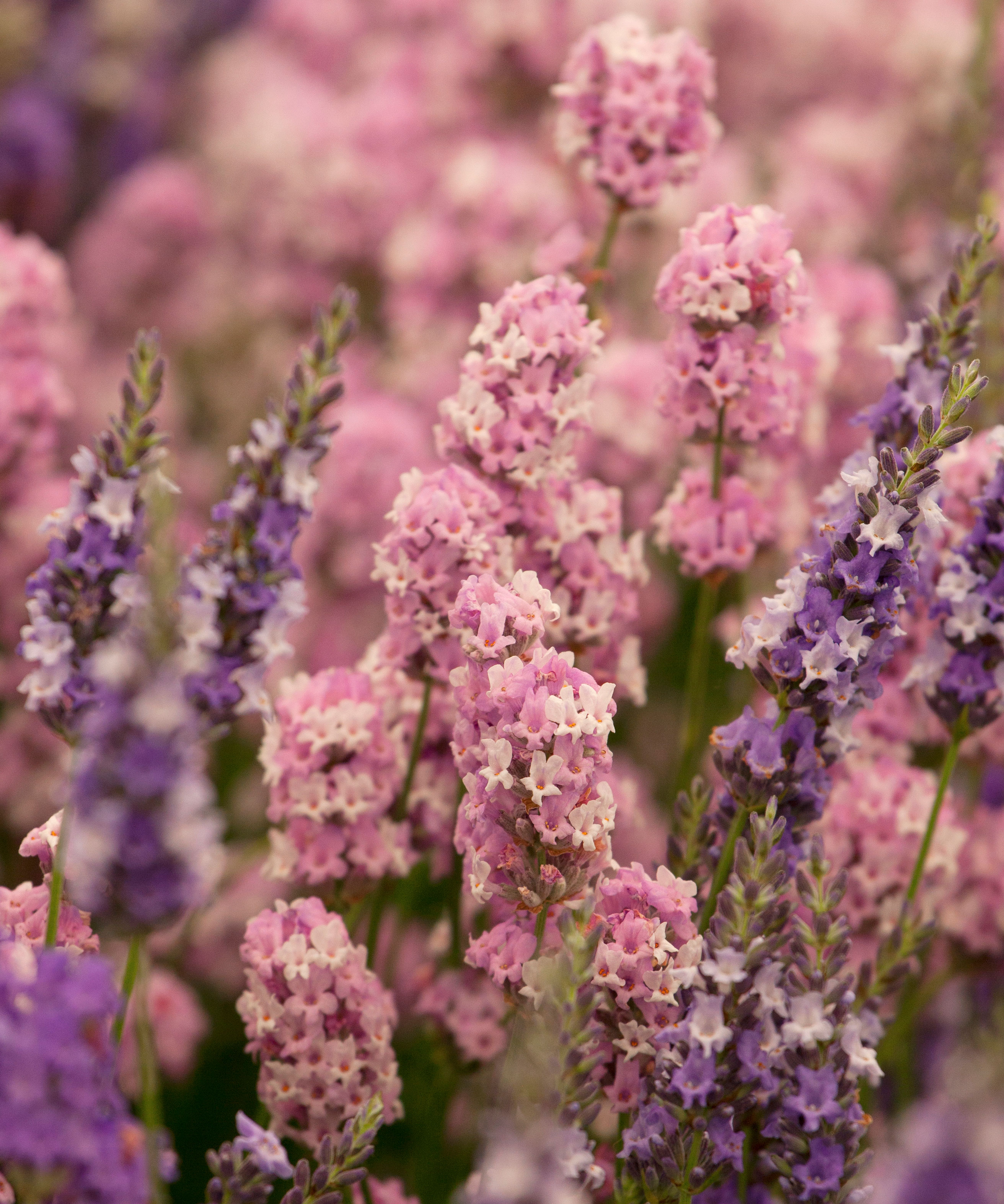
Lavenders are commonly bought as plants, but you can also propagate lavender from cuttings. It is easy to do, and a cheap and easy way of replicating your favorite plant. The method sees you use semi-ripe side shoot cuttings from new summer growth, they are stripped of the lower leaves to create three inches of bare stem and planted in pots filled with gritted compost.
An alternative and budget-friendly method is to grow lavender from seed. Sow in trays from February to July over moist compost, but do not cover as seeds need light to germinate. Lavender germinates at around 65 to 70ºF (18 to 21ºC), so pop in a propagator or add to you list of potting jobs when planning a greenhouse.
Seeds can take from two weeks to three months to germinate; if germination does not occur, consider cold stratifying by moving the tray to the refrigerator for four weeks, then back into the warm. Transplant seedlings into individual 3in (8cm) pots. Harden off the plants and plant out when danger of frost has passed, spacing to 18in (45cm).
Alternatively sow 0.2in (5mm) deep into a prepared seed bed.
How to grow lavender in pots
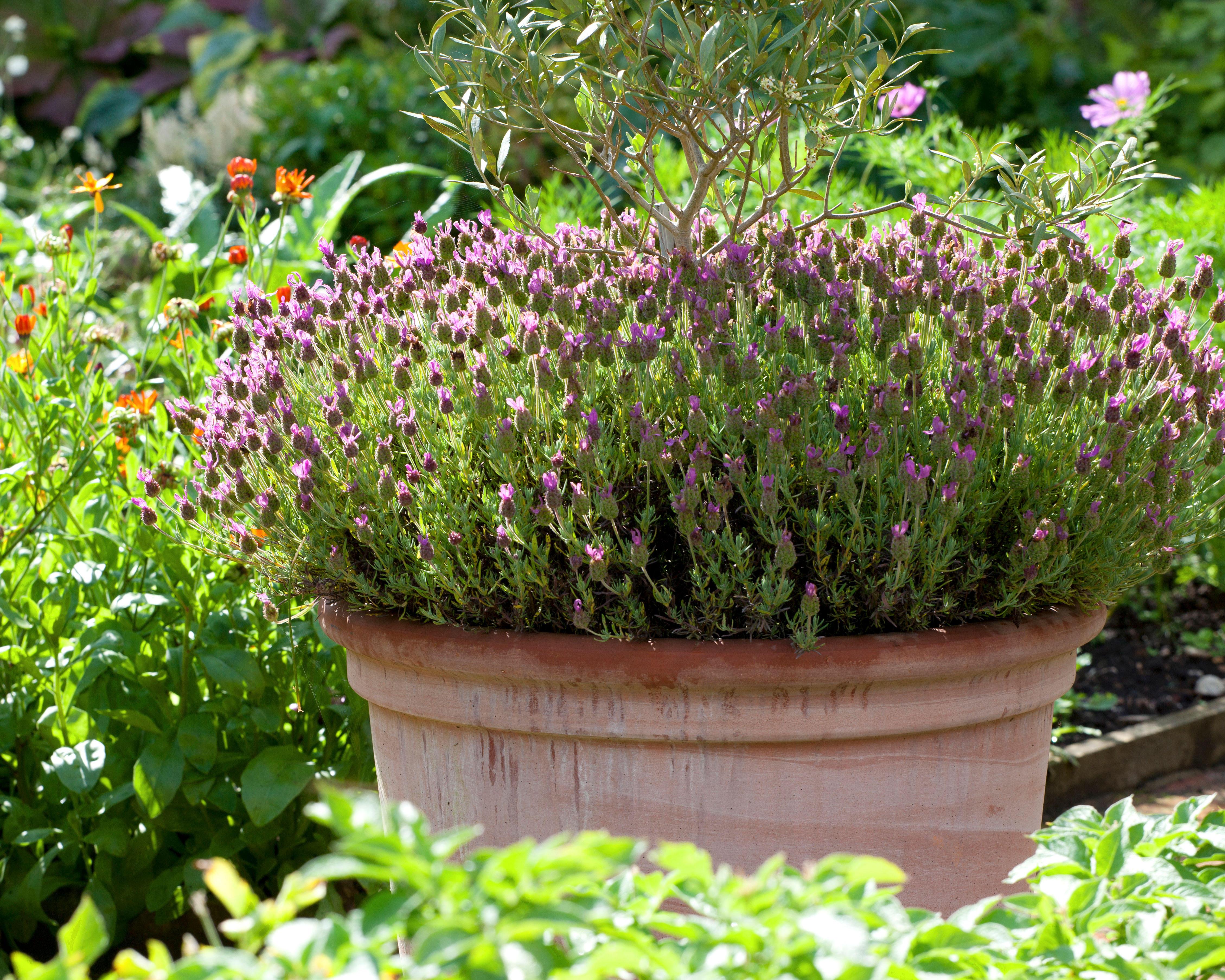
Lavender is one of the best shrubs for containers as a patio idea, or in courtyard gardens, but will need watering during hot weather to prevent drying out.
Choose tender and half-hardy, as well as dwarf varieties when growing lavender in pots, and they are ideal for a moveable summer display on the terrace – especially in terracotta pots. Place them in a sunny spot, away from overhanging trees and shrubs. Containers need to be 11 to 15in (30 to 40 cm) in diameter.
‘Use a mix of one third each of soilless compost, multi-purpose compost and coarse grit when growing lavender in pots. For feeding, add in a plug or two of slow release fertilizer, which should last all season. Short plants are great for growing in pots, but watch out for the fibrous roots of all stoeachas species and cultivars,’ advises Simon Charlesworth from Downderry Nursery.
Water lavender at regular intervals when the compost is drying out as they need more irrigation to develop a good root system, and re-pot regularly as they grow. Move containers of more tender varieties to shelter over winter.
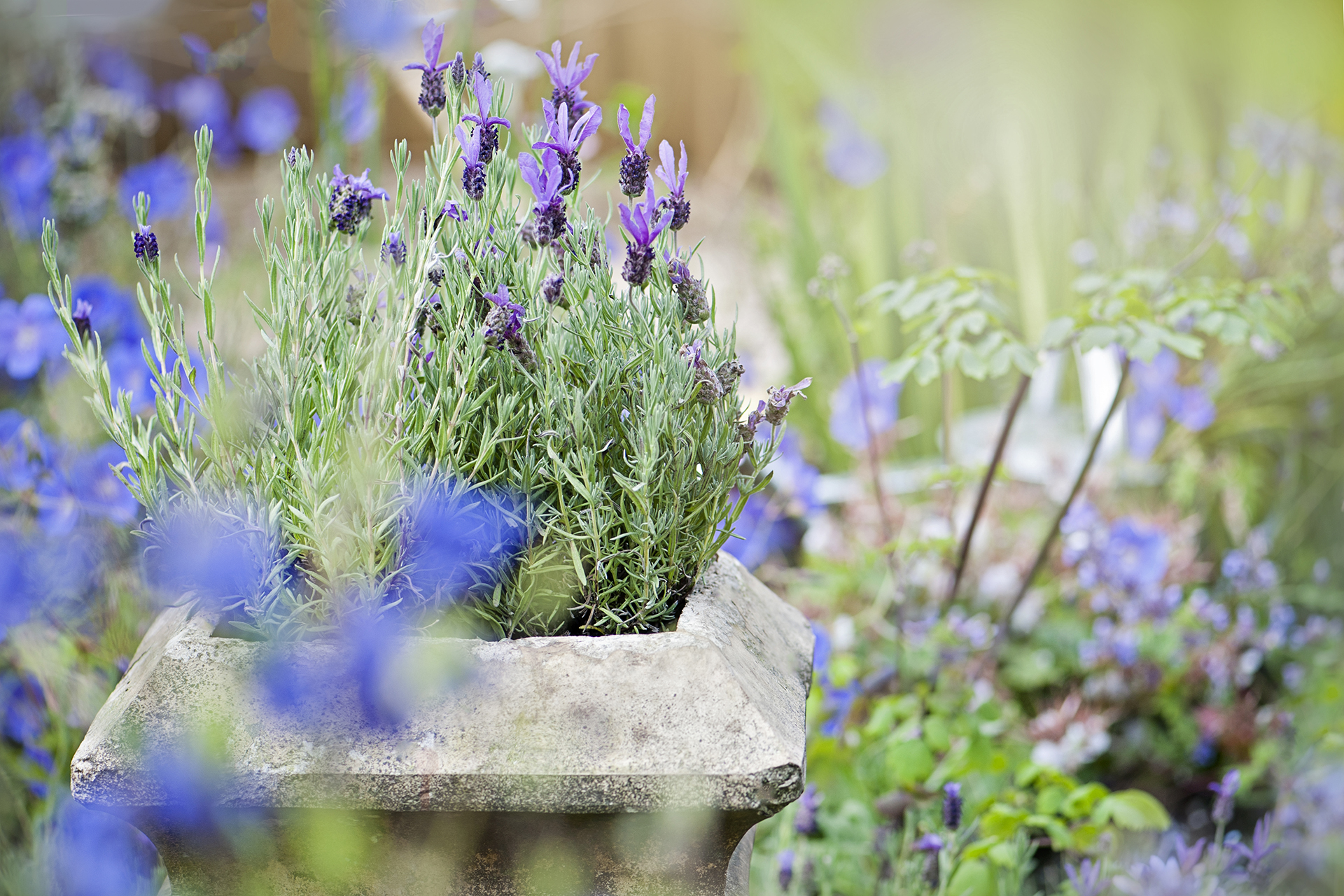
It’s best to plant lavender in terracotta pots as the material is porous, so will allow the plant to breathe. The benefit of growing lavender in pots is that it can be easily moved throughout the garden; placing pots of lavender near a seating area will bring beautiful fragrance to a relaxing spot.
Lavender grown in pots will be more susceptible to the cold – depending on the hardiness of the variety, consider moving lavender pots into a sheltered position over winter.
How to care for lavender plants
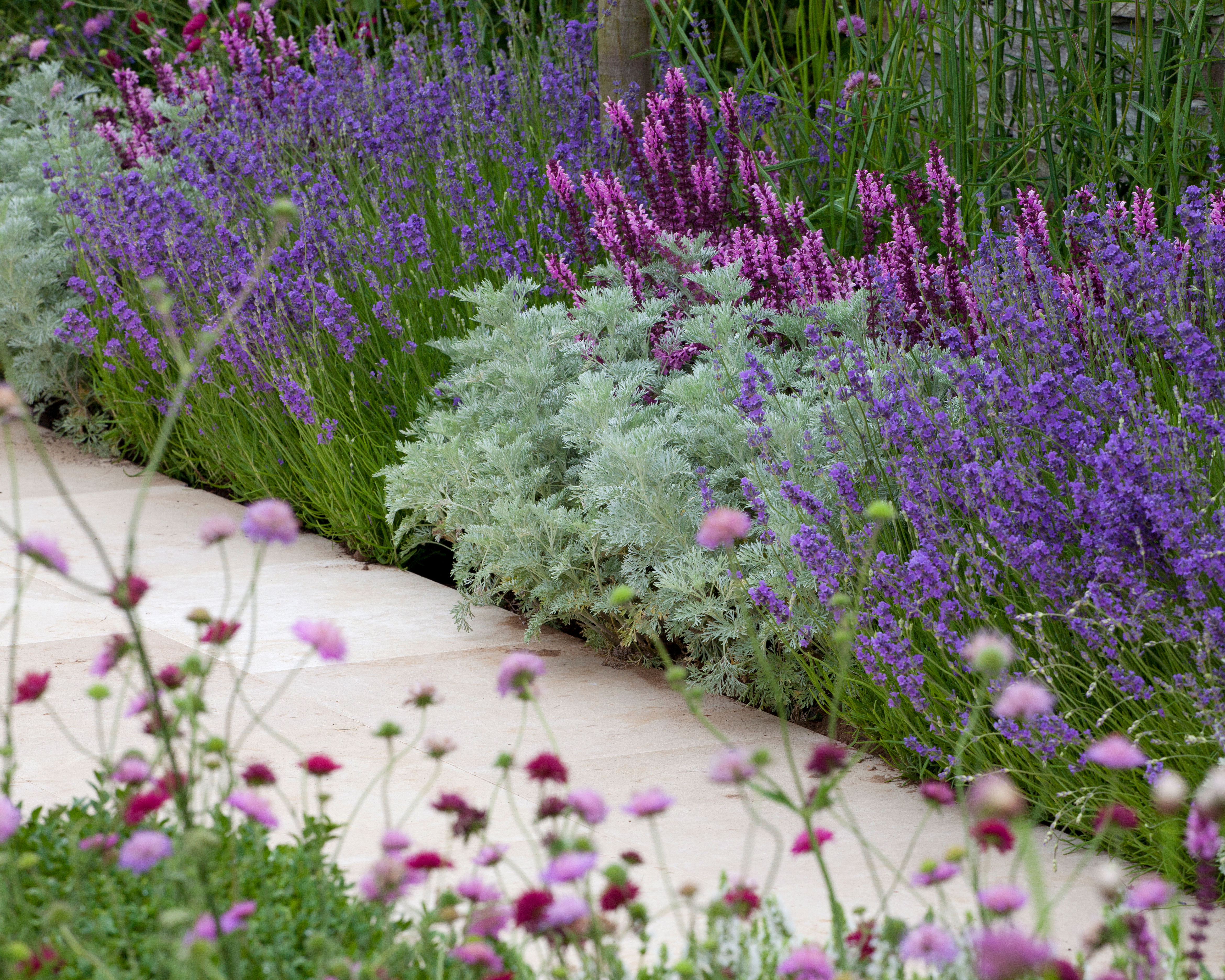
Lavender plants are easy to care for and need little maintenance. Once established, lavenders are best left alone to be enjoyed, apart from their critical annual prune.
Established lavender plants are drought-tolerant so can last without much water, however newly planted lavenders will require regular watering in the first summer.
‘Water at the soil level to establish planting and encourage a good root system, though no overhead watering, as it damages the foliage,' says Toni Brown, RHS Wisley horticulturalist.
‘It is not necessary to fertilize lavender, and, in fact, is usually detrimental, leading to soft sappy growth and a floppy habit,’ Simon advises.
Knowing how to harvest lavender is important, but it's just as important to know when to harvest lavender: it's best to cut flowers back before they have set seed. ‘You don’t want to wait until the flowers have gone brown; as soon as they’ve passed their best, cut them back,’ reveals Monty in his Gardener’s World show. If you do deadhead lavender after the flowers have gone over, you can get a second flush of blooms.
Lavender varieties to grow
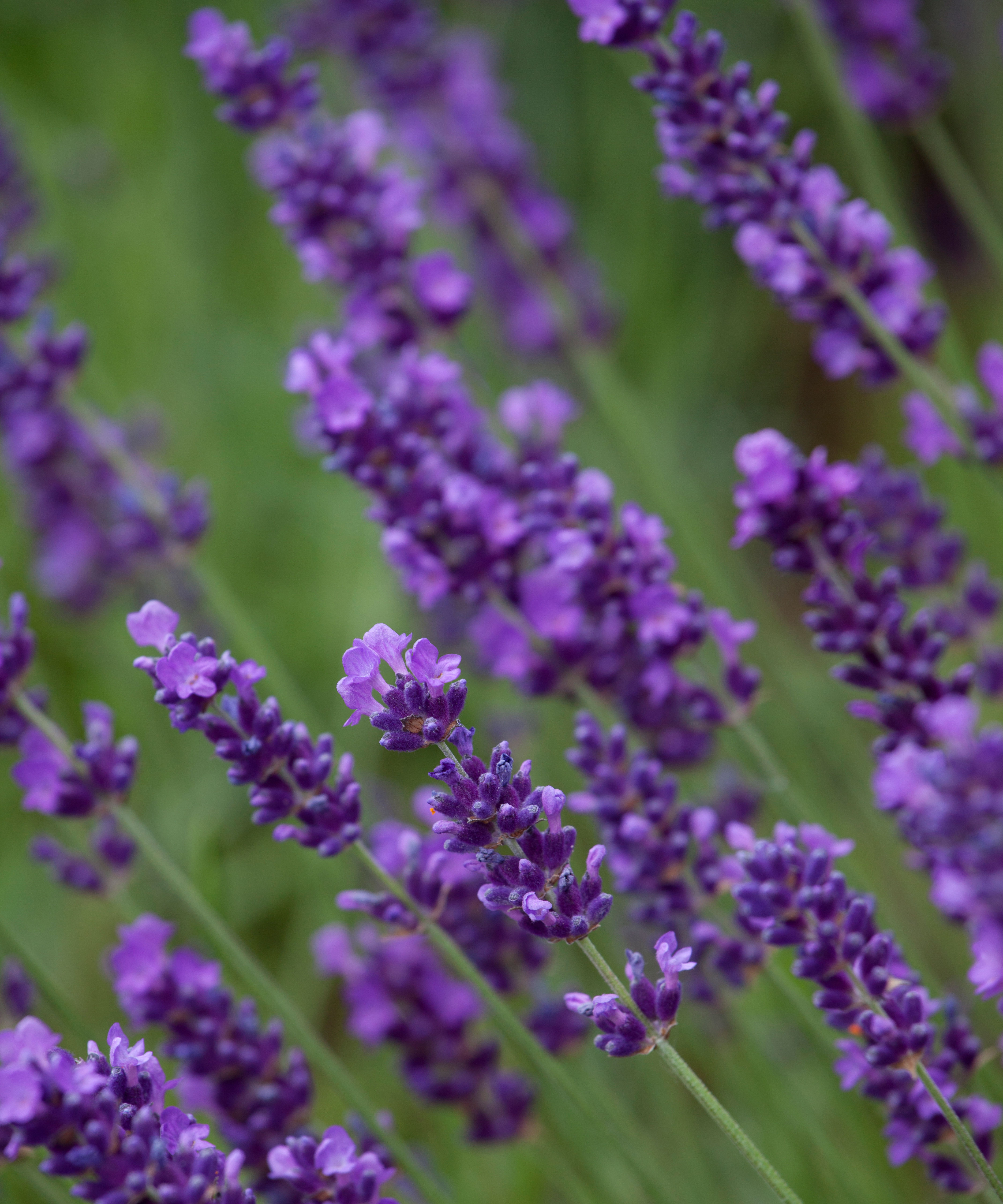
Recommended varieties of lavender to grow include:
- L. angustifolia ‘Hidcote’ – compact, dense, fragrant deep violet flowers
- L. angustifolia ‘Purple Treasure’ – grey-green foliage, ultraviolet flowers
- L. angustifolia ‘Imperial Gem’ – silvery-green leaves, deep purple flowers
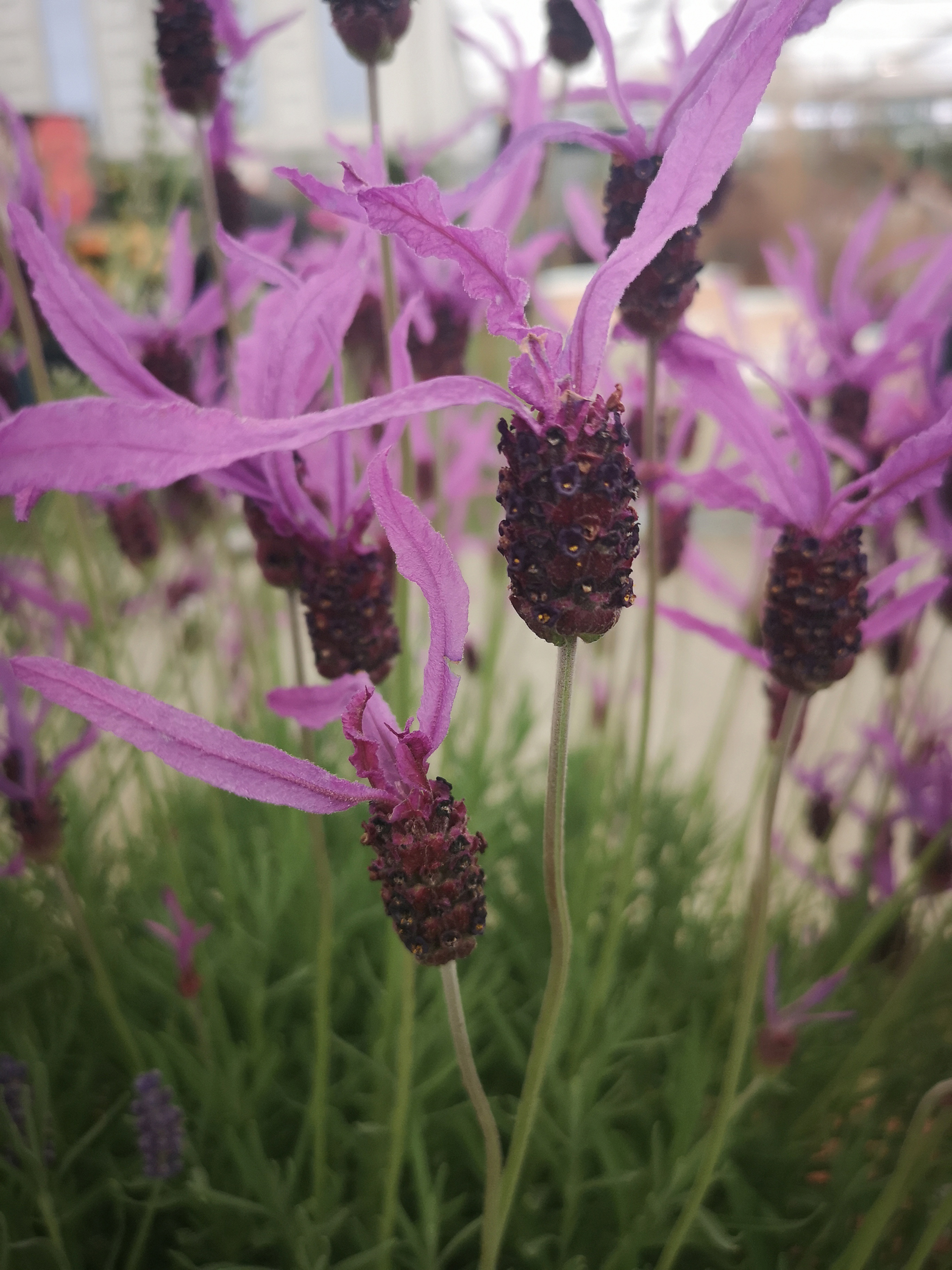
- L. x intermedia ‘Grosso’ – vigorous, one of the strongest fragrances
- L. stoeachas ‘Pink Panache’ – new, flamboyant with magenta pink ears
- L. angustifolia ‘Miss Katherine’ – the best of the pinks, highly fragrant
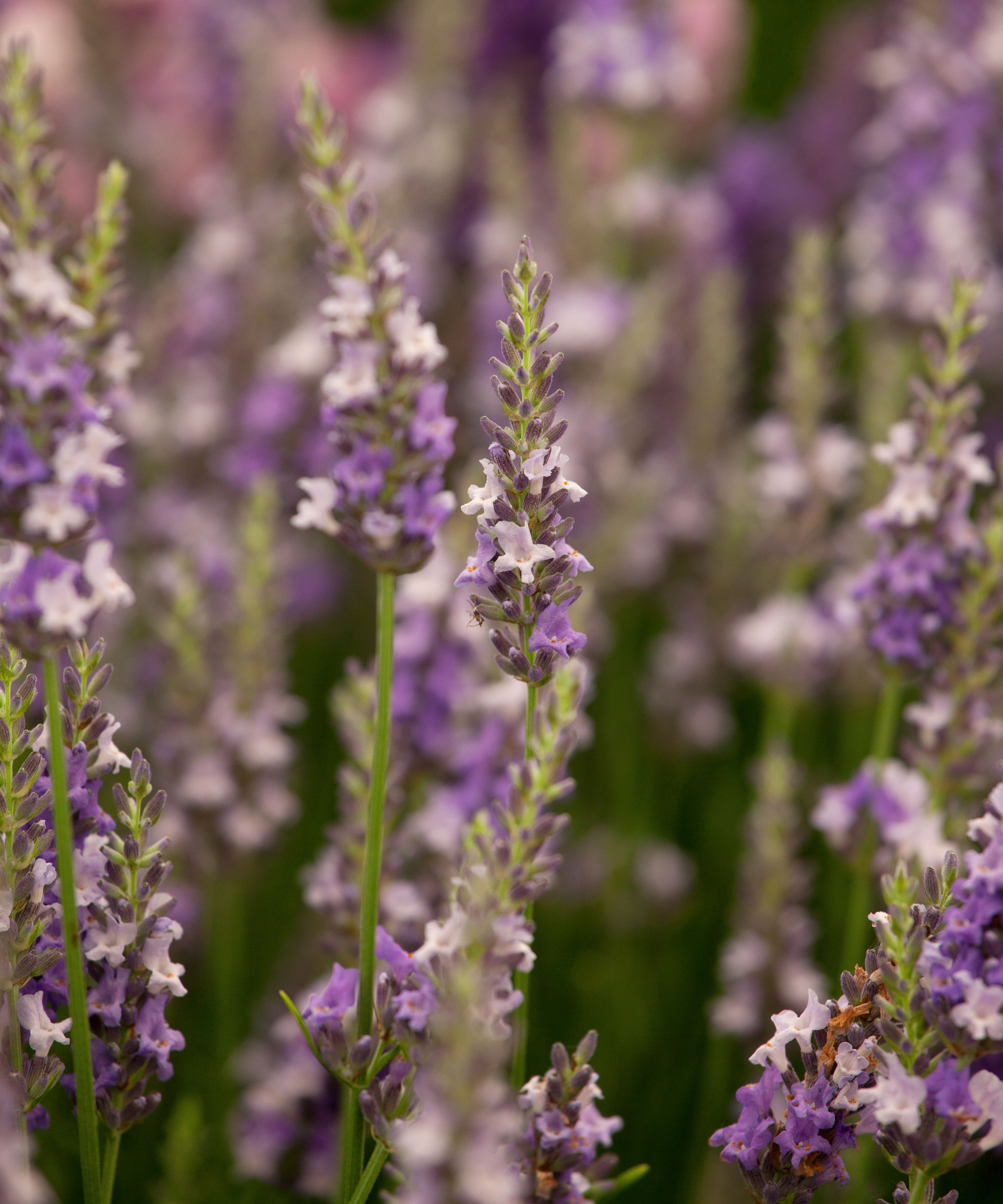
- L. x intermedia ‘Heavenly Angel’ – robust, aromatic leaves, clean white
- L. x intermedia ‘Sussex’ – the longest flowers of any hardy lavender
- L. stoeachas ‘Regal Splendour’ – aromatic flowers, enchanting colour
Is it easy to dry lavender?
It is easy to dry lavender. Simply cut the stems as they begin to turn, tie in bunches and hang upside down in a dry place.Is a
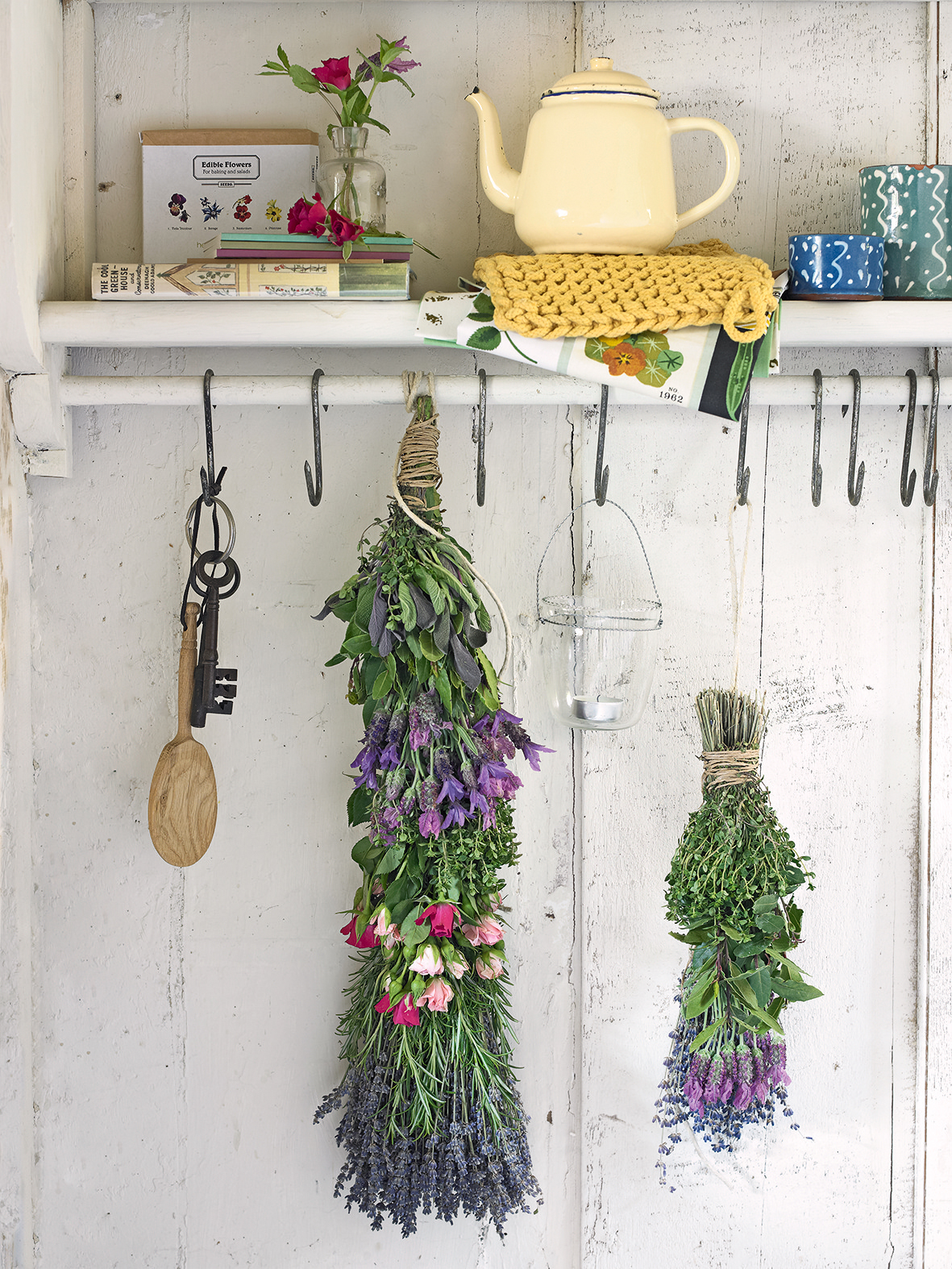
Is lavender easy to grow?
It is very easy to learn how to grow lavender and to get to grips with growing it. Once established, lavender needs little maintenance, other than an annual prune.
Plants can develop a woody structure if not regularly clipped. Even if you have pruned your lavender regularly, older plants can get straggly and woody, so it is best to replace them. ‘Often gardeners select old familiar varieties they have grown in the past, but new cultivars tend to supersede these, as they are bred for performance in flower or oil yield and can offer more resistance to pest and disease,’ adds Toni Brown.
Other problems include root rot if grown in wet or heavy soil. If these are the conditions in your garden, grow lavender in containers or in your raised bed ideas. Always check the plant label to see how hardy the plant is, as only hardy varieties will survive the winter outside.
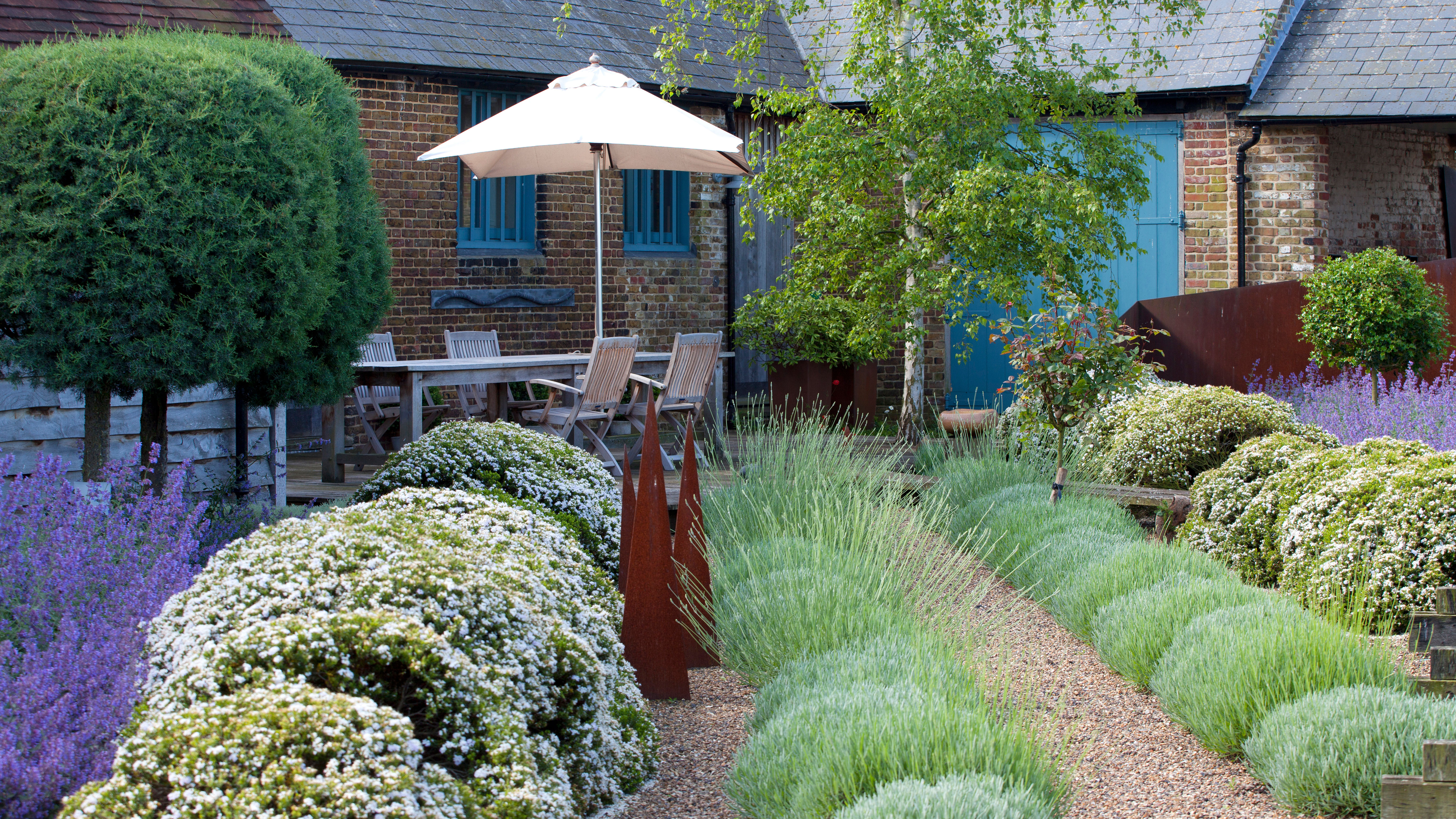
Where does lavender grow best?
It depends on the variety you have chosen to determine where lavender grow best. All will need a well draining soil, in a sunny position.
If you are growing lavender in borders, consider larger lavender varieties such as ‘Hidcote Giant’ and ‘Intermedia Grosso’. ‘Hidcote Giant’ certainly lives up to its name in stature with long flower stalks. The grey foliage has a coarse texture for a bolder planting position, ultimately reaching up to one meter in spread and height,’ says head gardener at Hidcote, Lottie Allen.
Big cultivators can get straggly, so for hedging choose smaller varieties such as Lavender ‘Hidcote’ or ‘Munstead’.
Small, compact lavender varieties are best for pots, but growing lavender in pots also allows the opportunity to grow some less hardy varieties, such as Lavandula Stoechas, or French lavender, as they can be easily moved to a sheltered spot over winter.
Sign up to the Homes & Gardens newsletter
Design expertise in your inbox – from inspiring decorating ideas and beautiful celebrity homes to practical gardening advice and shopping round-ups.

Pippa is a contributor to Homes & Gardens. A graduate of Art History and formerly Style Editor at Period Living, she is passionate about architecture, creating decorating content, interior styling and writing about craft and historic homes. She enjoys searching out beautiful images and the latest trends to share with the Homes & Gardens audience. A keen gardener, when she’s not writing, you’ll find her growing flowers on her yard for styling projects.
- Leigh ClappContributing Editor
-
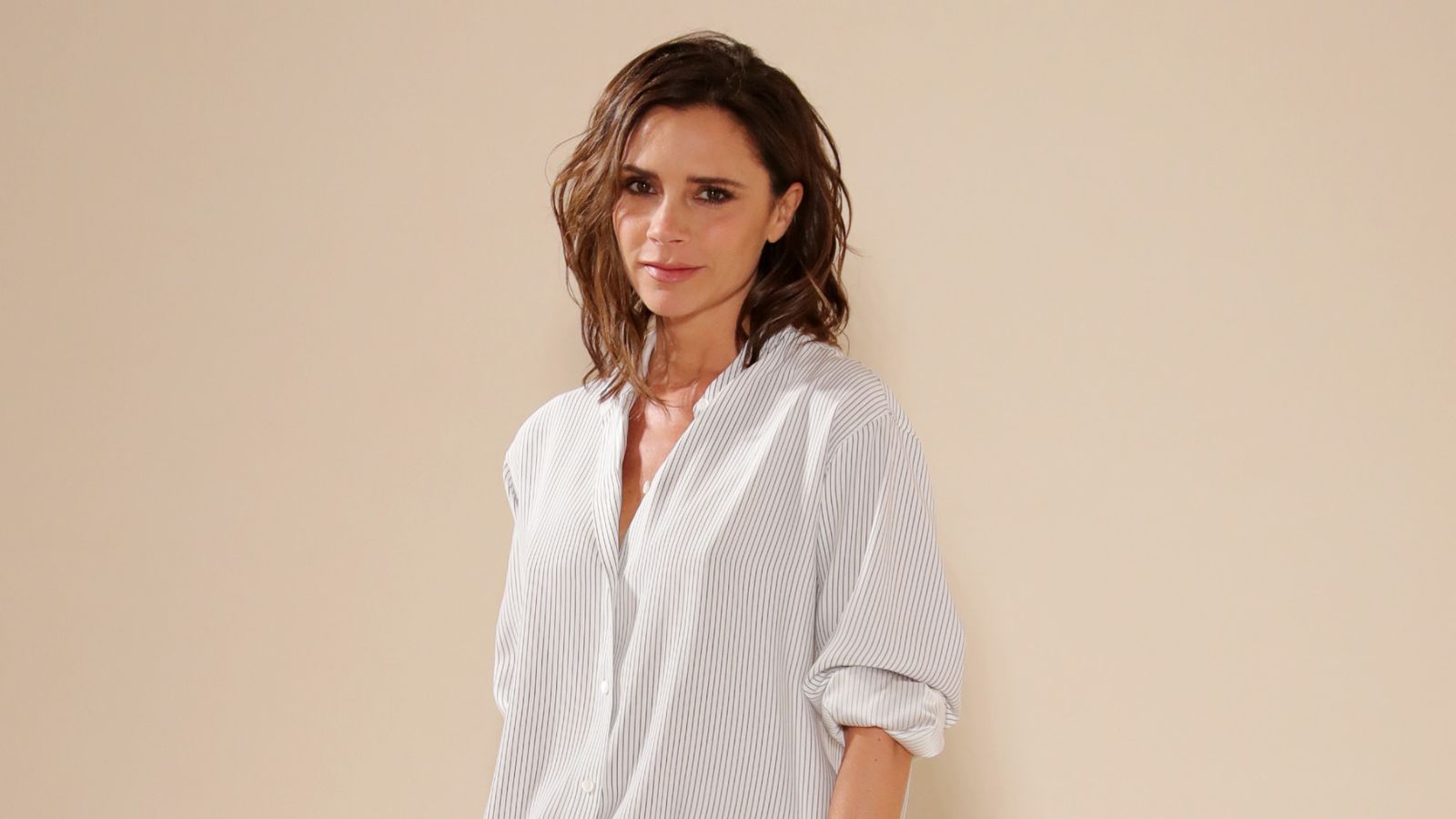 Victoria Beckham has a unique formula for perfect bedding: 'Very expensive sheets and cheap pillows' – you can follow her example from $15
Victoria Beckham has a unique formula for perfect bedding: 'Very expensive sheets and cheap pillows' – you can follow her example from $15Victoria revealed she goes for crisp, white bed sheets and pillows with neck support from Target – and you can shop similar buys at an ultra-low cost
By Hannah Ziegler Published
-
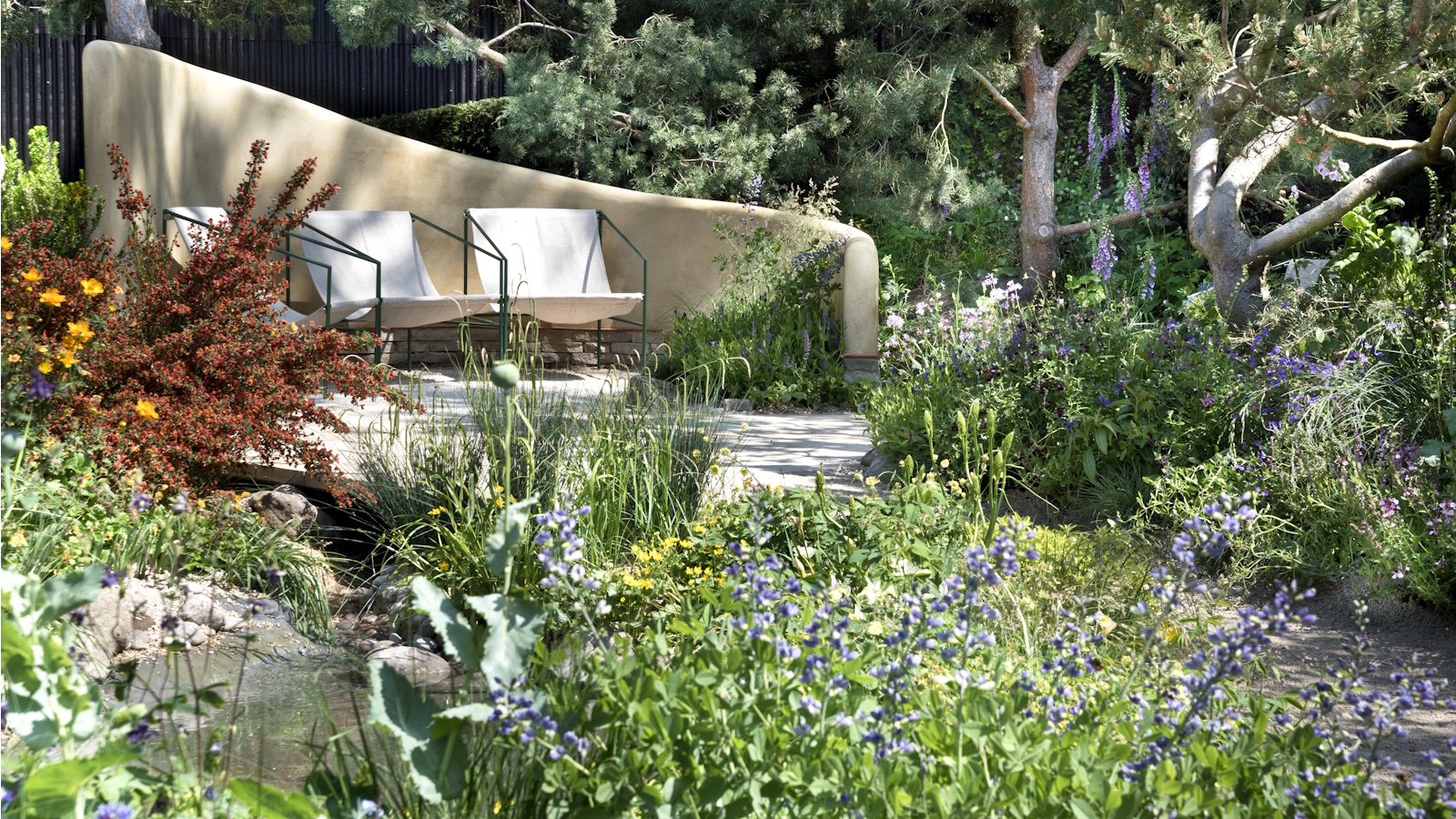 I just discovered the best non-toxic product for getting rid of ants in your yard – and you probably already have it in your bathroom cupboard
I just discovered the best non-toxic product for getting rid of ants in your yard – and you probably already have it in your bathroom cupboardThis household item is an effective ant deterrent that doesn't leach harmful chemicals into your soil
By Tenielle Jordison Published